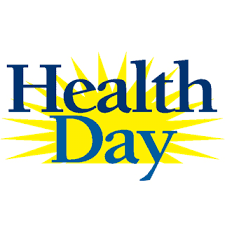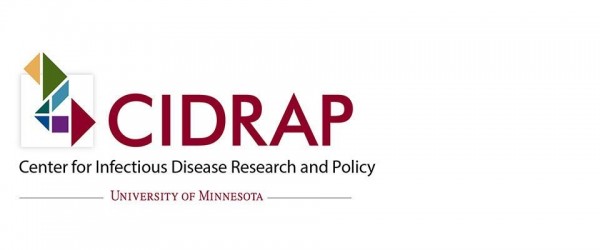Medication vial coring incidents prompt patient safety concerns
Editor's Note Safety organizations are raising concerns amid increased reports of improper needle use causing vial coring, leading to potential contamination and patient risk. Published April 4 by the Anesthesia Patient Safety Foundation (APSF) and ECRI/Institute for Safe Medicine Practices (ISMP), the alert offers interim guidelines to reduce risks associated…
Hospitals make steady gains in patient safety amid persistent challenges

Editor's Note Hospitals are making measurable strides in patient safety and workforce resilience, but sustained focus is needed to maintain progress, according to a March 13 report in Chief Healthcare Executive. The article focuses on a new analysis from the American Hospital Association (AHA) and Press Ganey. Based on responses…
Study: Sleep-deprived nurses face higher infection risk

Editor's Note Nurses who don’t get enough sleep face a significantly higher risk of common infections, including colds, pneumonia, and bronchitis, according to a March 10 report from HealthDay. The article focuses on a study published in Chronobiology International finding that sleep debt—particularly among night shift nurses—weakens immune defenses, potentially…
Study: CMS sepsis care protocol shows no clear mortality benefit

Editor's Note A systematic review found no strong evidence that compliance with the CMS Severe Sepsis and Septic Shock Management Bundle (SEP-1) reduces mortality, raising questions about its inclusion in hospital performance measures, according to a February 19 report from the University of Minnesota’s Center for Infectious Disease Research and…
Study: Predictive model improves nosocomial infection risk assessment after colon cancer surgery

Editor's Note A newly developed predictive model offers healthcare professionals a dynamic tool to assess the risk of nosocomial infections (NIs) in patients following colon cancer surgery, potentially improving early intervention strategies. Published February 27 in Frontiers in Oncology, the study introduces a nomogram—a statistical model that visualizes key risk…
Study: Stem cell therapy restores vision in LSCD patients

Editor's Note A novel stem cell treatment for unilateral limbal stem cell deficiency (LSCD)—a type of corneal disease caused by injury—restored corneal function in half of study participants within three months, according to a March 5 report in Medical News Today. According to the article, the experimental therapy, cultivated autologous…
4 ways ASCs balance strict infection control, limited resources

Reduced costs, faster recovery, and other advantages can make outpatient surgical procedures more convenient for providers and patients alike. Ambulatory surgery centers (ASCs) are incredibly safe, but a lot of work goes into infection control. Cross-trained staff often wear many hats, and limited budgets may not leave room for dedicated…
Texas abortion ban linked to spike in pregnancy complications, maternal death

Editor’s Note Pregnancy complications—including life-threatening sepsis—surged in Texas after the state banned abortion in 2021, according to a ProPublica analysis of seven years’ worth of state hospital data. In a February 20 report, the outlet details how sepsis rates for women hospitalized after second-trimester pregnancy loss rose by more than…
Study: Post-laparotomy incisional negative pressure wound therapy fails to reduce infection risk

Editor's Note A large international clinical trial found that incisional negative pressure wound therapy (iNPWT) does not reduce surgical site infections (SSIs) following emergency laparotomy. The SUNRRISE trial, conducted across 34 hospitals in the UK and Australia and published January 27 in Jama Network, randomized 821 patients to receive either…
Study: EMR data can enhance hand hygiene compliance, infection prevention

Editor's Note Using electronic medical record (EMR) data to track time-stamped information on patient movements and interaction with healthcare workers (HCWs) can help predict and block potential avenues for pathogen transmission, researchers claim. Healio reported the news January 24. Published in the journal Infection Control & Hospital Epidemiology, the research…

 Free Daily News
Free Daily News